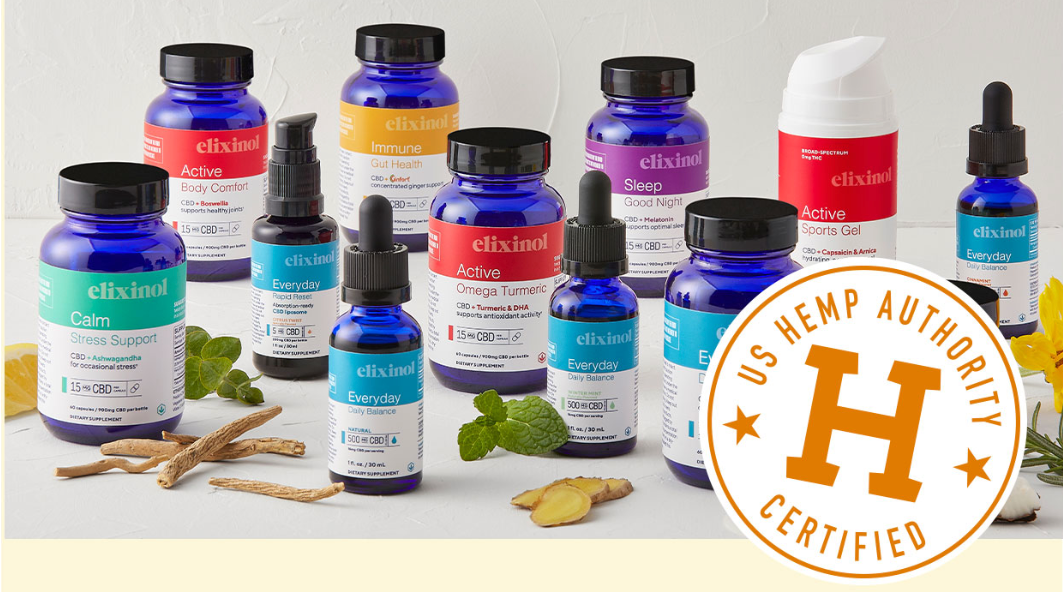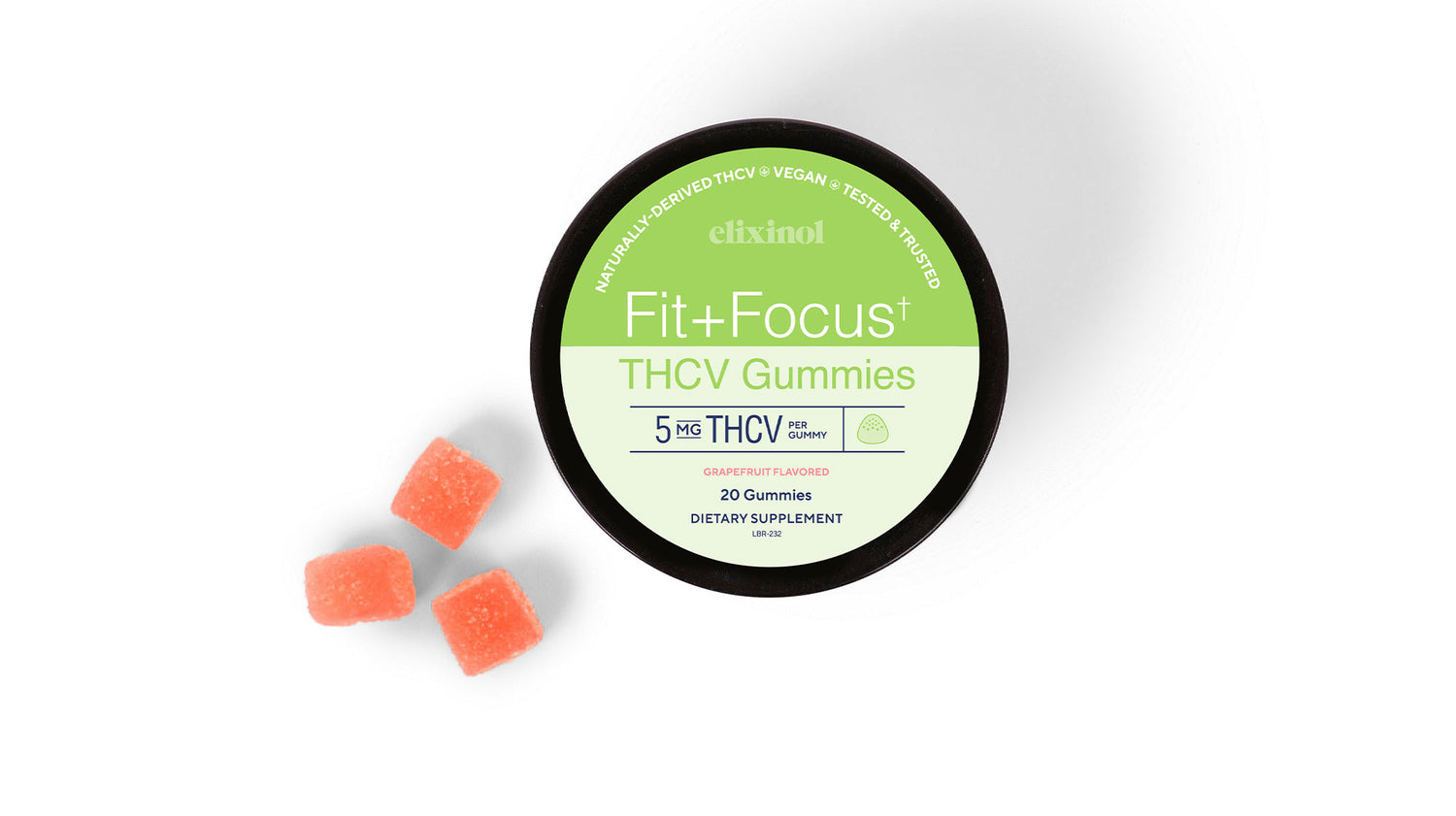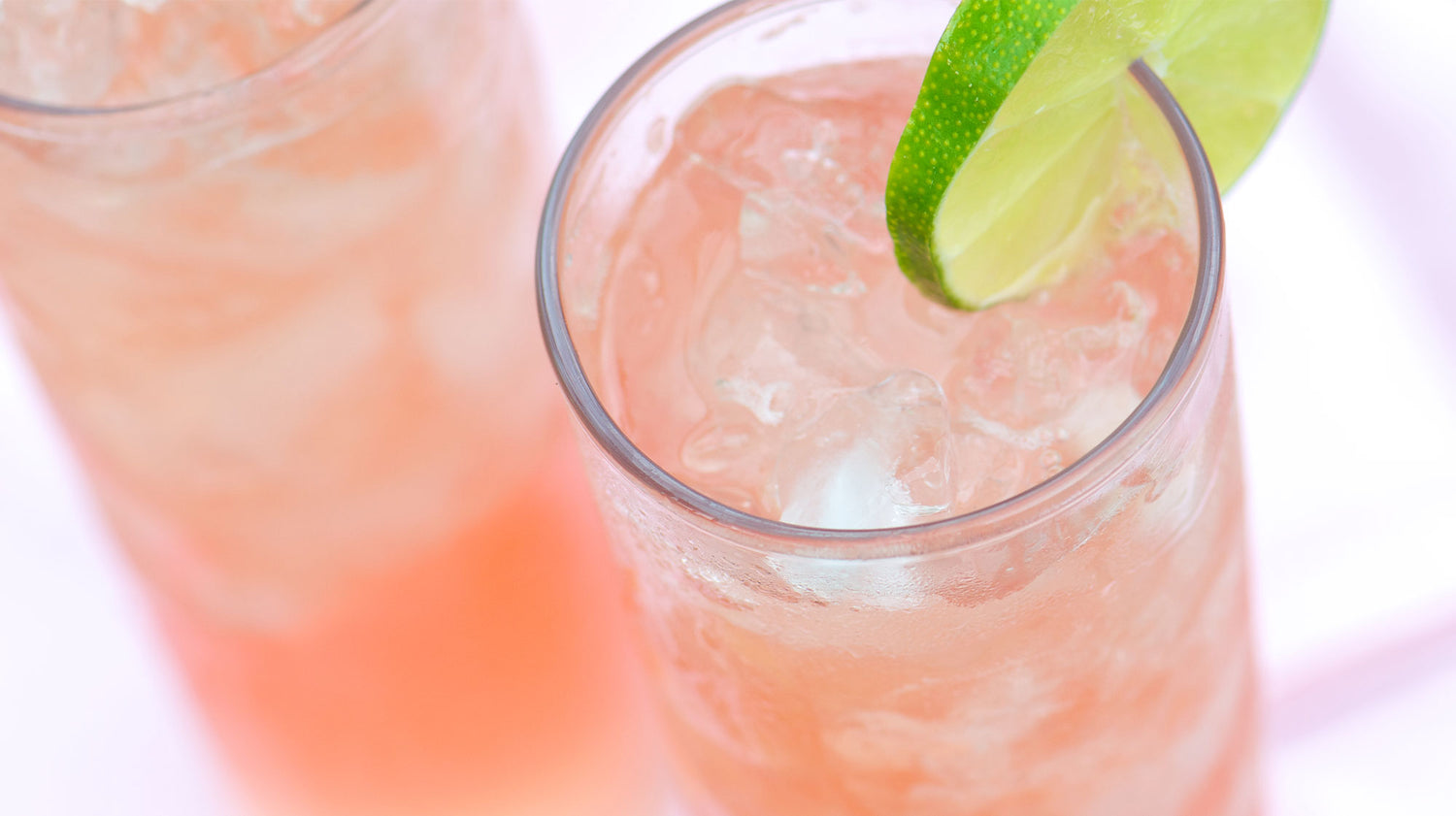When the 2018 Farm Bill passed and the option to grow hemp was made accessible to more farmers, CBD oil went mainstream, becoming a more prominent fixture in the public’s awareness. This once-misunderstood dietary supplement has since taken the wellness world by storm, with health gurus and some doctors alike taking note of its potential uses.
But what exactly is CBD oil? If you’ve ever wondered about this rising-in-popularity supplement and what it can mean for you, keep reading; in this ultimate guide, we’re going to go over everything you need to know about hemp CBD, including possible results you could see and how to get them.
About CBD
Cannabidiol (CBD) is a compound found in hemp plants. It’s one of many compounds called cannabinoids, but this one in particular exhibits signaling properties within the body, which means that it can impact cells it comes in contact with.
It’s no surprise, therefore, that there are multiple major areas within the body that CBD can impact thanks to the endocannabinoid system (ECS).
CBD is a lipid molecule. This allows it to easily move through the skin and pass into the mucosal membranes. Your body can, therefore, absorb it without ever needing it to enter the gastrointestinal tract or to be digested. Because of this, CBD has multiple administration methods that you can choose from to best suit your needs.
CBD is often used within dietary supplements, cosmetics, food, pet products, and body care products.
It’s important to stress that CBD extract, unlike other notorious hemp products, is non-intoxicating and does not create a high of any kind.
About the Human Endocannabinoid System (ECS)
In the section above, we mentioned the endocannabinoid system (ECS). It’s an important part of understanding how our bodies process and benefit from CBD, so we’re going to get detailed here.
The ECS is a biological system that’s made up of neurotransmitter receptors, enzymes, ligands, and transport molecules. Its job is to essentially act as a “master regulator” for the body, and can directly impact other systems. A regulated, balanced ECS is important to overall health.
All mammals--including us humans--have an ECS, just like we’ve all evolved with cannabinoids, which can help keep this system in order.
And here’s why this matters: the nutritive properties of CBD benefit from something known as “The Entourage Effect.” When this phenomenon occurs, the cannabinoids, terpenes, and flavonoids found in hemp CBD oil all come together well, with the sum of the parts being greater than the whole.
For reference, full-spectrum hemp CBD extract contains over 120 cannabinoids and more than 500 phytonutrients in addition to antioxidants, flavonoids, and terpenes. These nutritive properties are beneficial to the body and can impact the ECS in a good way.
The Big Question: Is CBD Legal Now?
A lot of the general public seems confused about what CBD is, and their biggest concerns around it are 1) the misconception that it can cause a high and 2) that it isn’t legal.
Here’s the simple answer: Yes, as of right now, CBD is legal in general. States can, however, regulate it within their borders. It’s up to you to do your research and find out if your specific state has regulations in place to restrict or ban it.
The path to legalization has been an interesting one.
Originally in 1937, all products created from cannabis (and cannabis itself) was made illegal; by 1970, they were simply listed as “controlled substances” that were still heavily regulated, but not entirely outlawed altogether. In 2014, things changed again; there was a Farm Bill that allowed hemp to be cultivated for research programs under state programs.
Then, in the 2018 Farm Bill, the game was changed in a very big way, allowing for broader cultivation so long as you’re following specific regulations. This bill also opened up the option of transporting hemp across state lines, making it more accessible for customers.
Now, customers can use hemp products so long as they’re not trying the CBD as drugs. This means that their THC content must be under .3%, which CBD oil’s generally is and Exlininol’s always is. These, however, are just the federal restrictions; states may have stricter regulations in place.
The Differences Between CBD vs. THC
You’ll notice that in the section above that we mentioned that the THC content must be below a certain threshold in CBD.
THC (whose full name is “tetrahydrocannabinol) and CBD actually share the exact same chemical makeup. They’ve got 30 hydrogen atoms, 21 carbon atoms, and 2 oxygen atoms, and they’d like identical if it wasn’t for a unique arrangement of a single atom that separated the two.
They are, essentially, two similar but different types of cannabinoids, and each one influences cannabinoid receptors differently.
THC has intoxicating and psychoactive properties. It can often give its consumers a high.
CBD is not intoxicating, meaning that you can’t get high from it. Most CBD oil will contain somewhere between 0-0.3% of THC, but this is not addictive, won’t create a high, and is so low that it won’t impair your functionality in any way.
With a low THC count, CBD oil has the potential to provide more benefits to its users with fewer side effects. It doesn’t come with a number of the negative side effects common in THC like poor memory retention or depression. A relatively recent study backed this up; after asking 16 healthy men to ingest THC, CBD, or a placebo, the results were clear. Men on THC expressed more anxiety, a faster heart rate, and even heightened feelings of dissatisfaction, providing that THC had acute behavioral and physiological effects but that CBD was “well tolerated.”
Fun bonus: CBD use may even alleviate temporary symptoms of anxiety instead of causing or triggering it.
CBD Methods of Delivery: An Overview
There are a number of different ways that you can choose to consume or utilize CBD oil, giving you plenty of options to find the right choice for you, your concerns, and your lifestyle. Let’s take a look at a few of the best delivery methods available.
No matter what your lifestyle is--and even if you’re always on the go--there’s a product and delivery method that can work for you.

Results of Supplementing with CBD
CBD oil has a number of distinct benefits that its users may experience, helping with symptom management and improved wellness all at once.
Here are a few of the most common outcomes someone may experience when using CBD oil dietary supplements:
- Improved relaxation to prepare for sleep, including a reported better quality and duration of sleep.
- The ability to re-center and get (and then stay!) balanced, thanks to the internal homeostasis that happens when CBD works from the inside out.
- A boosted capability to tackle life’s everyday obstacles, making it easier to roll with the punches life gives out without being so heavily affected by it.
- A maximized workout recovery period. Endurance and performance athletes like “Sherpa” John Lacroix of the Human Potential Running Series, MMA fighters Andrew Leone and Tiffany “Time Bomb” Van Soest, and celebrity trainer Alec Penix regularly talk about how CBD can offer support to maximize the recovery period, including soothing any aches and pains.
Does CBD Have Side Effects?
CBD oil seems to be well tolerated by the majority of its users. That being said, there’s always a risk of adverse effects when trying a new supplement, whether you’re using it orally or topically.
Some reported side effects include fatigue, loss of appetite, and diarrhea. These side effects may be most likely to happen when you start taking CBD for the first time, so it’s recommended that new users start with a small amount and gradually work their way up as needed.
Please note that you should never start taking any new supplement or begin a treatment plan without talking to your doctor. Make an appointment with a practitioner you trust, and they can help you decide if CBD is right for you and if it’s safe to take in your current condition and with your current medications list. You can’t have relief, recovery, and resilience if it’s just not right for you, after all, and doing what’s best by you is always what matters most.




